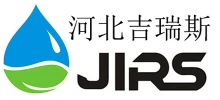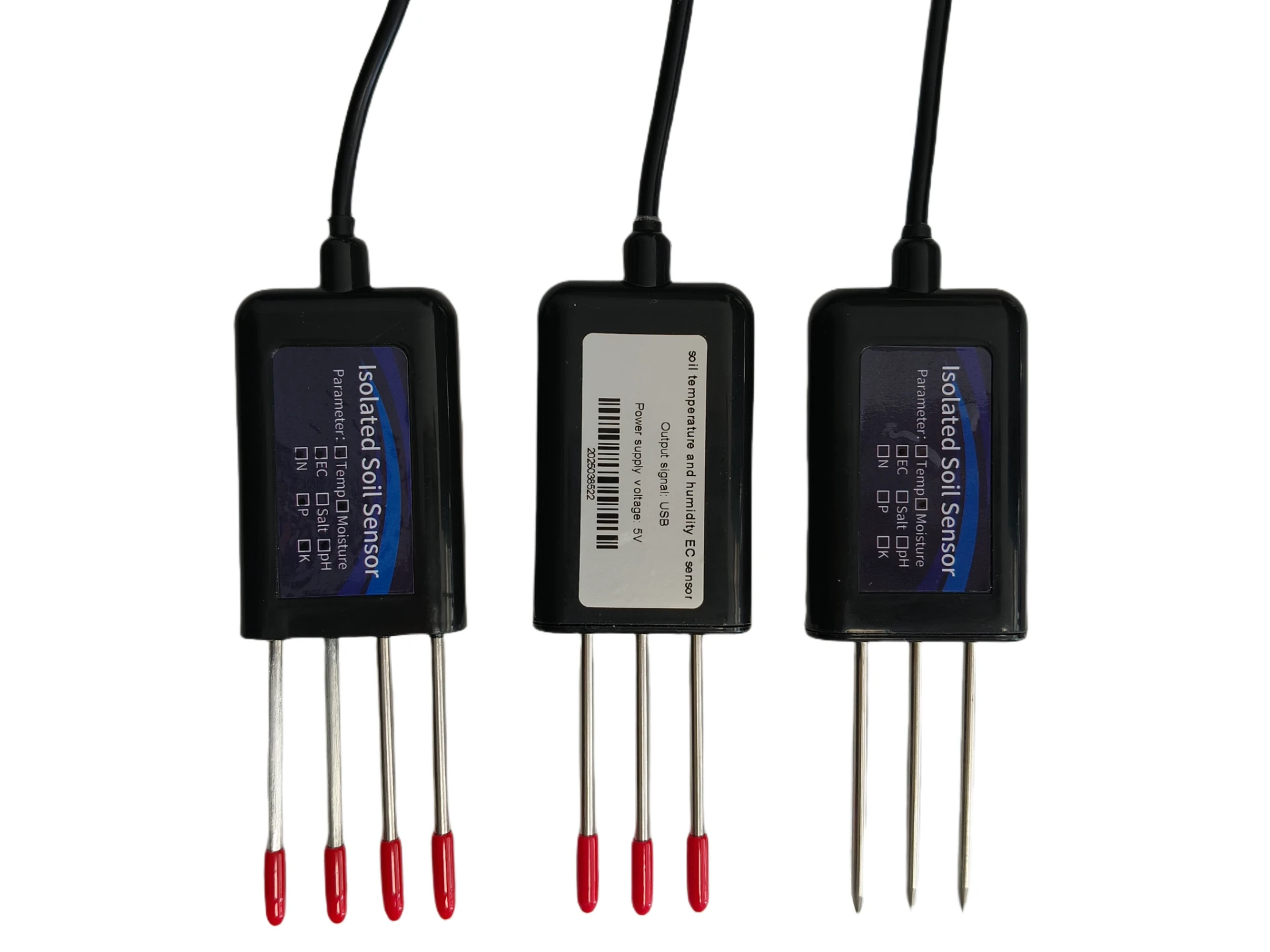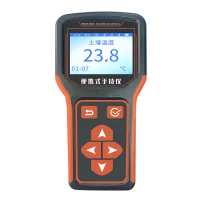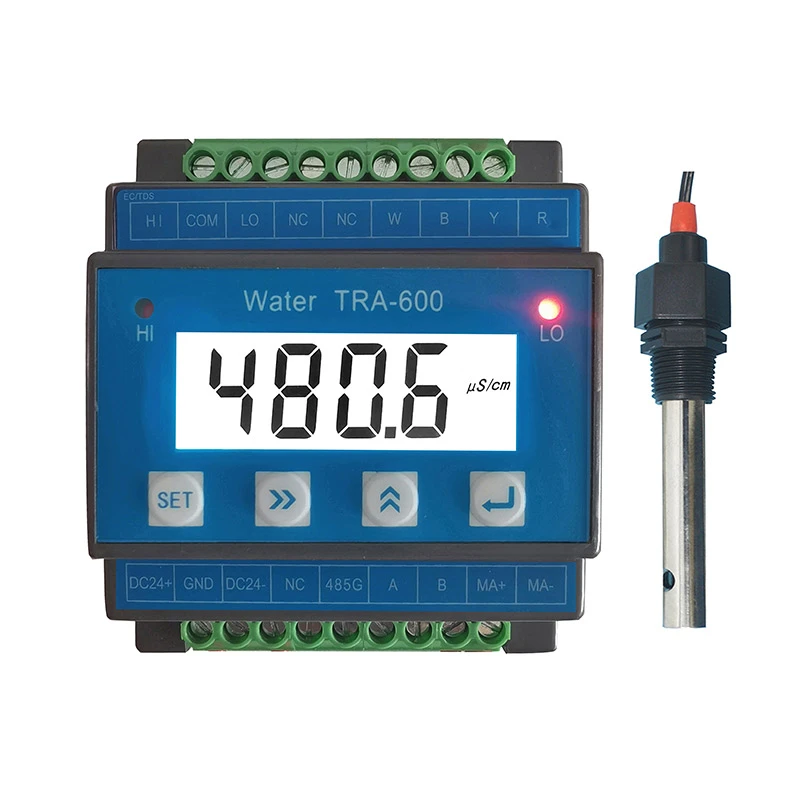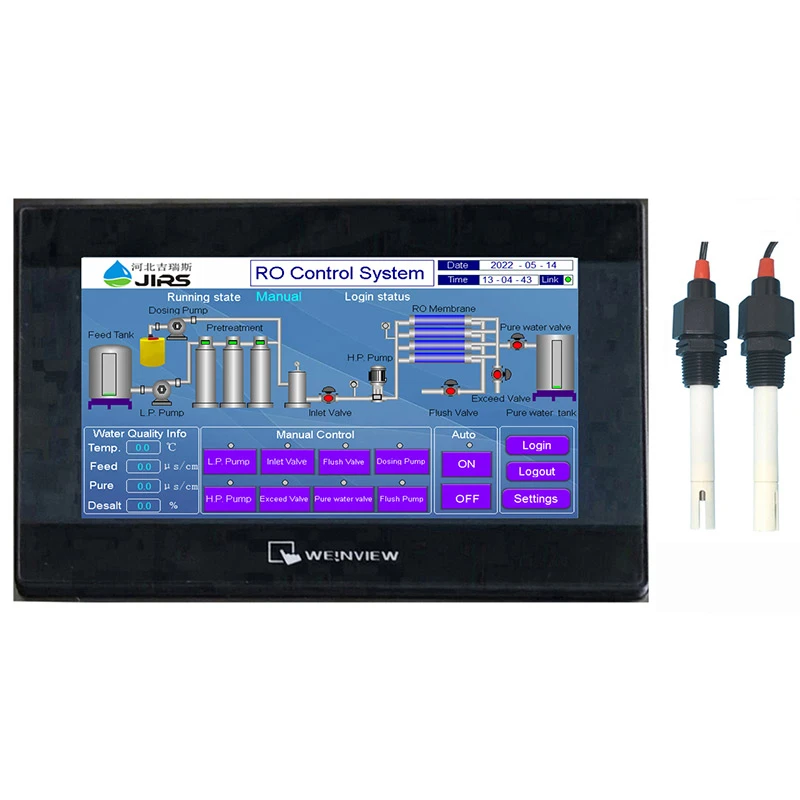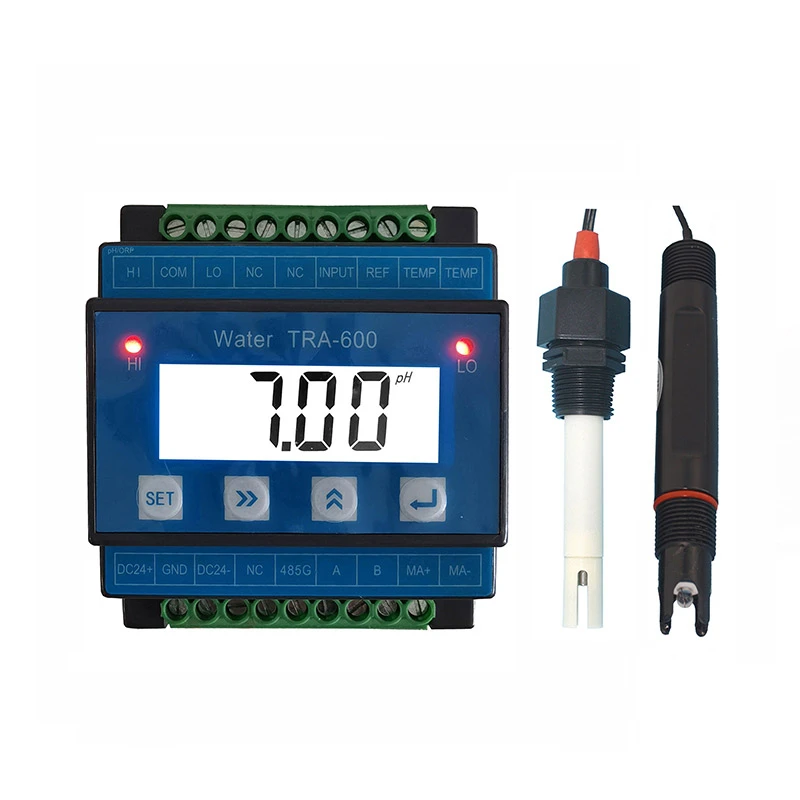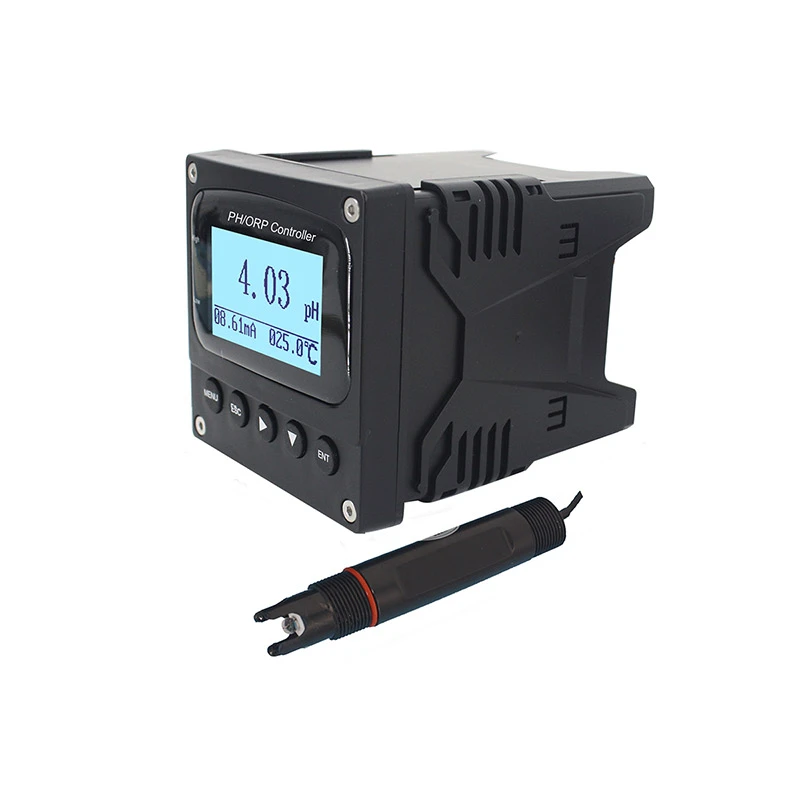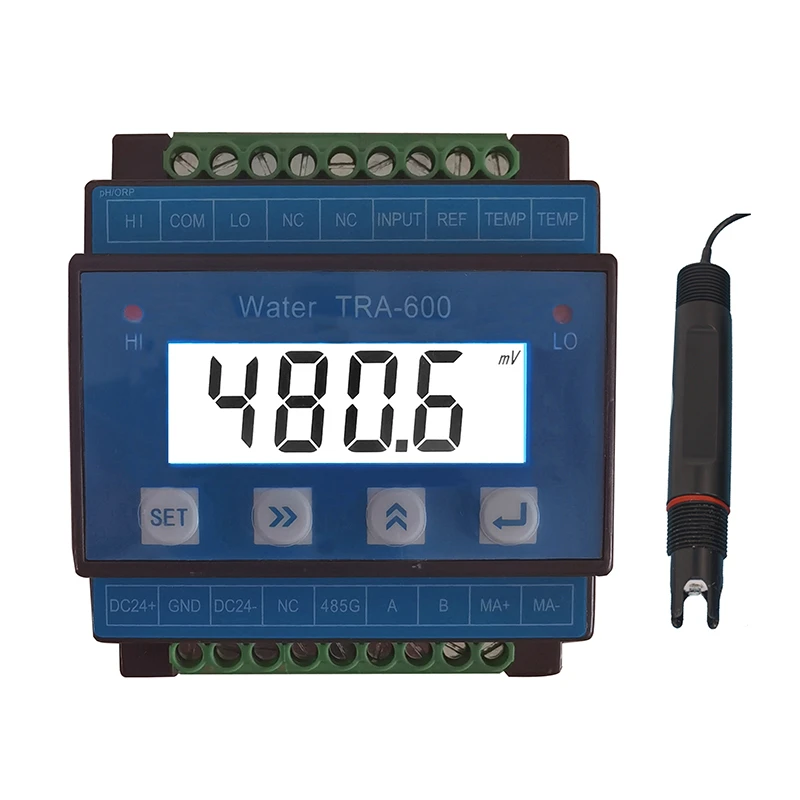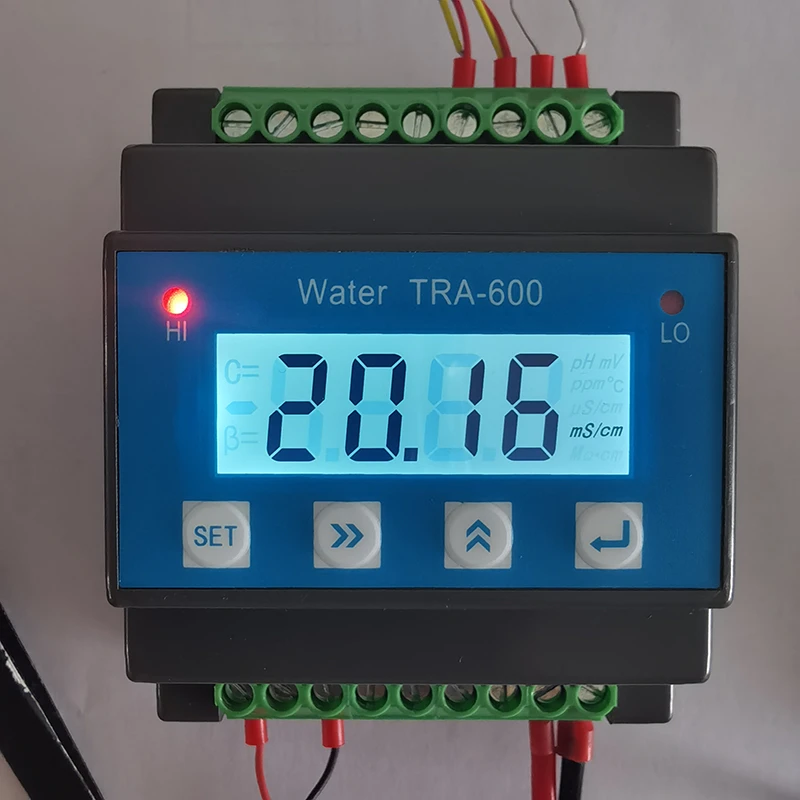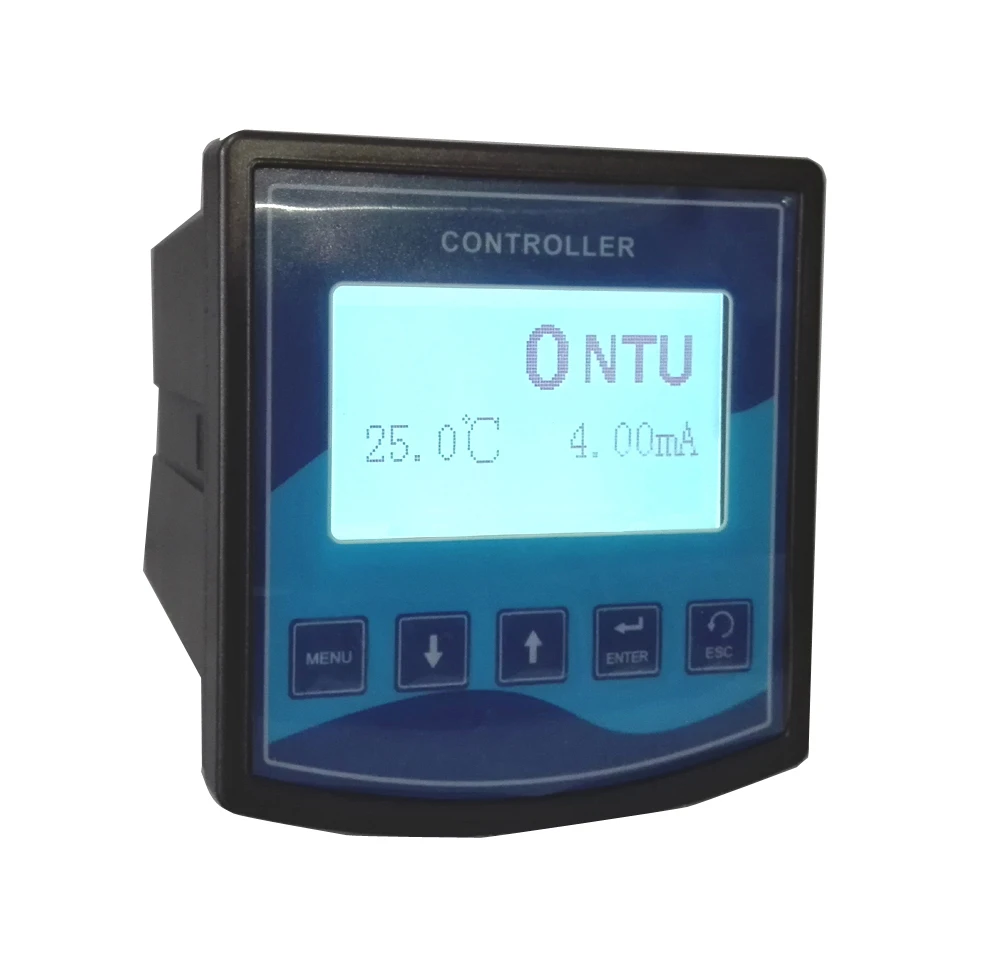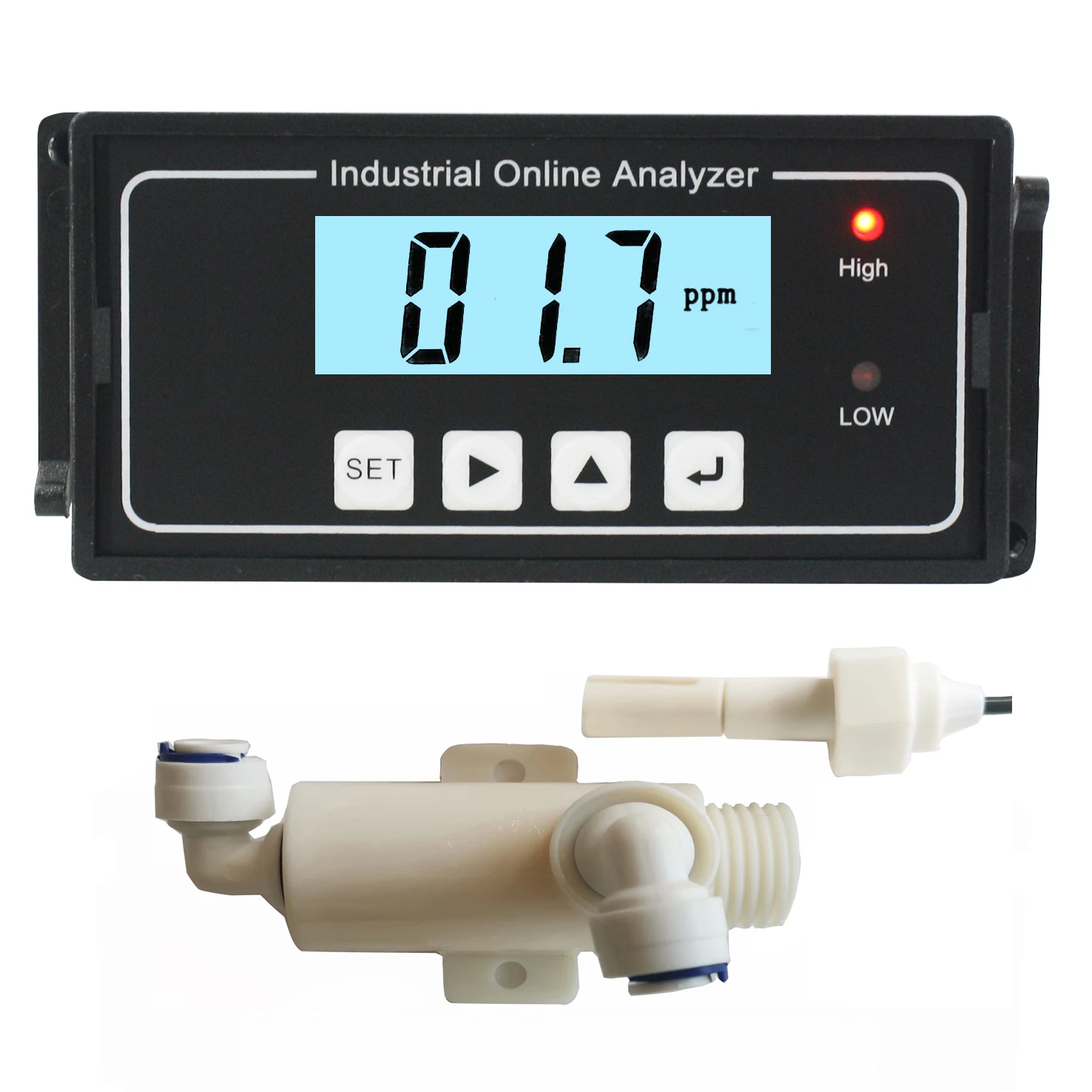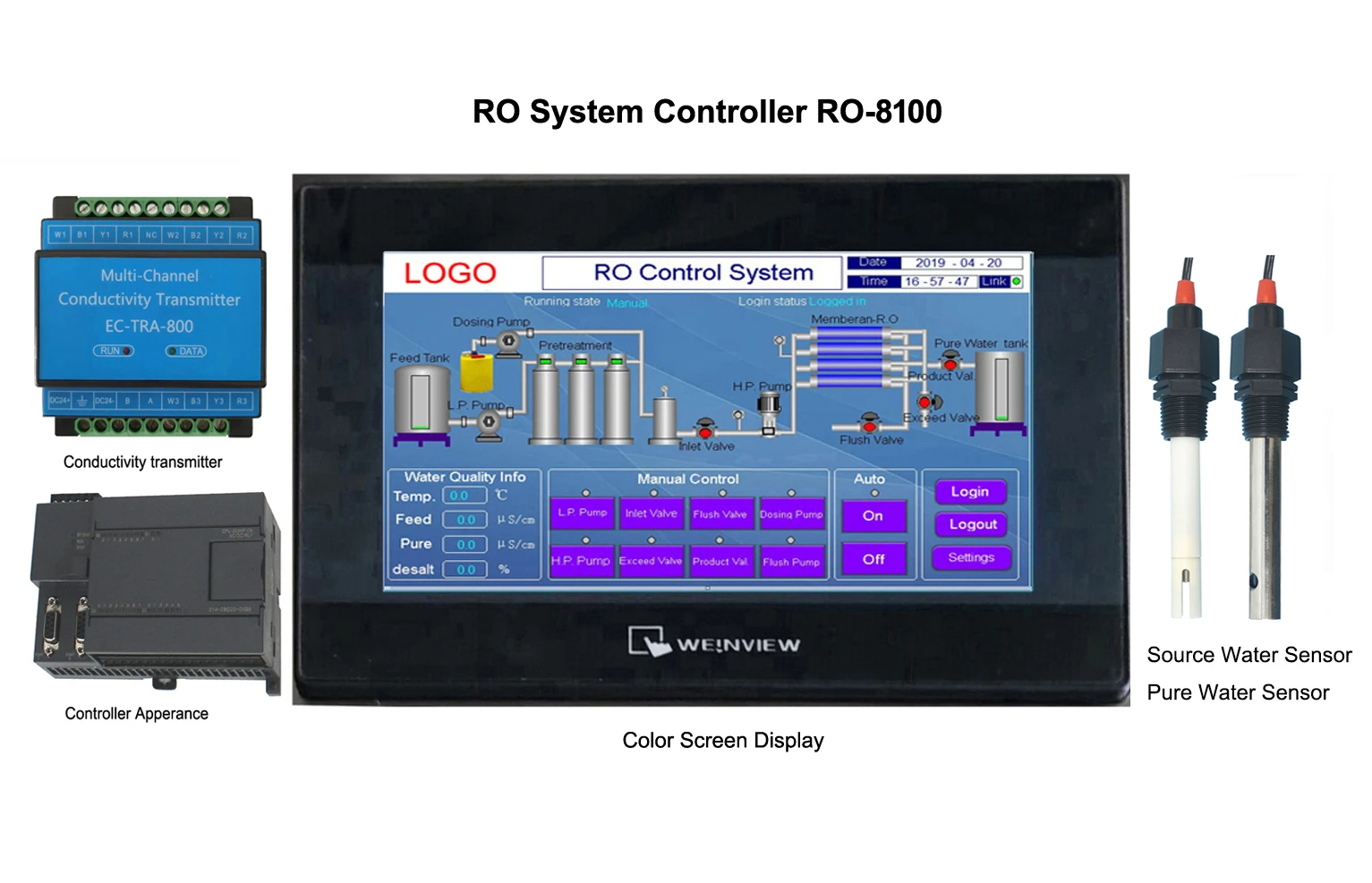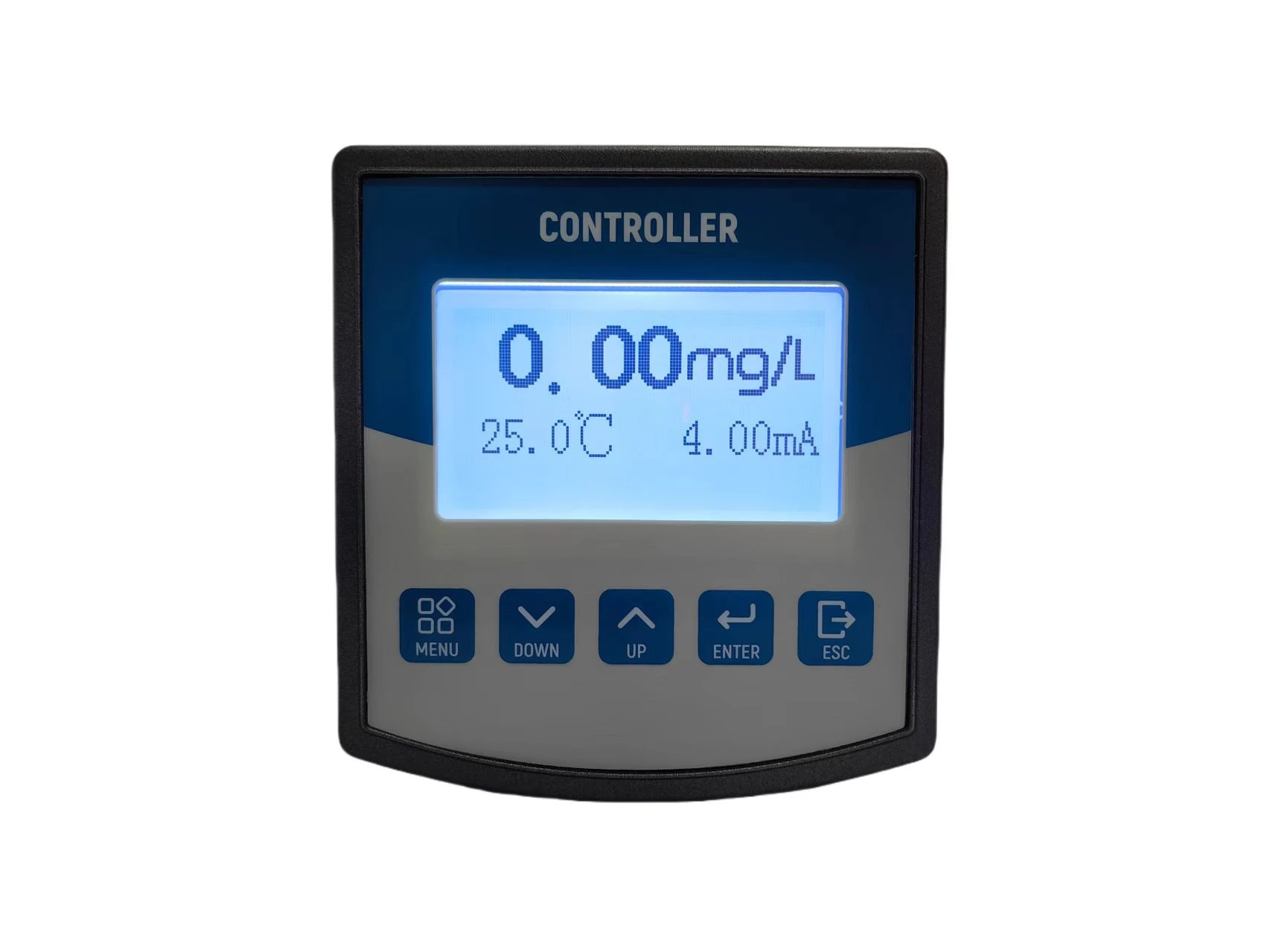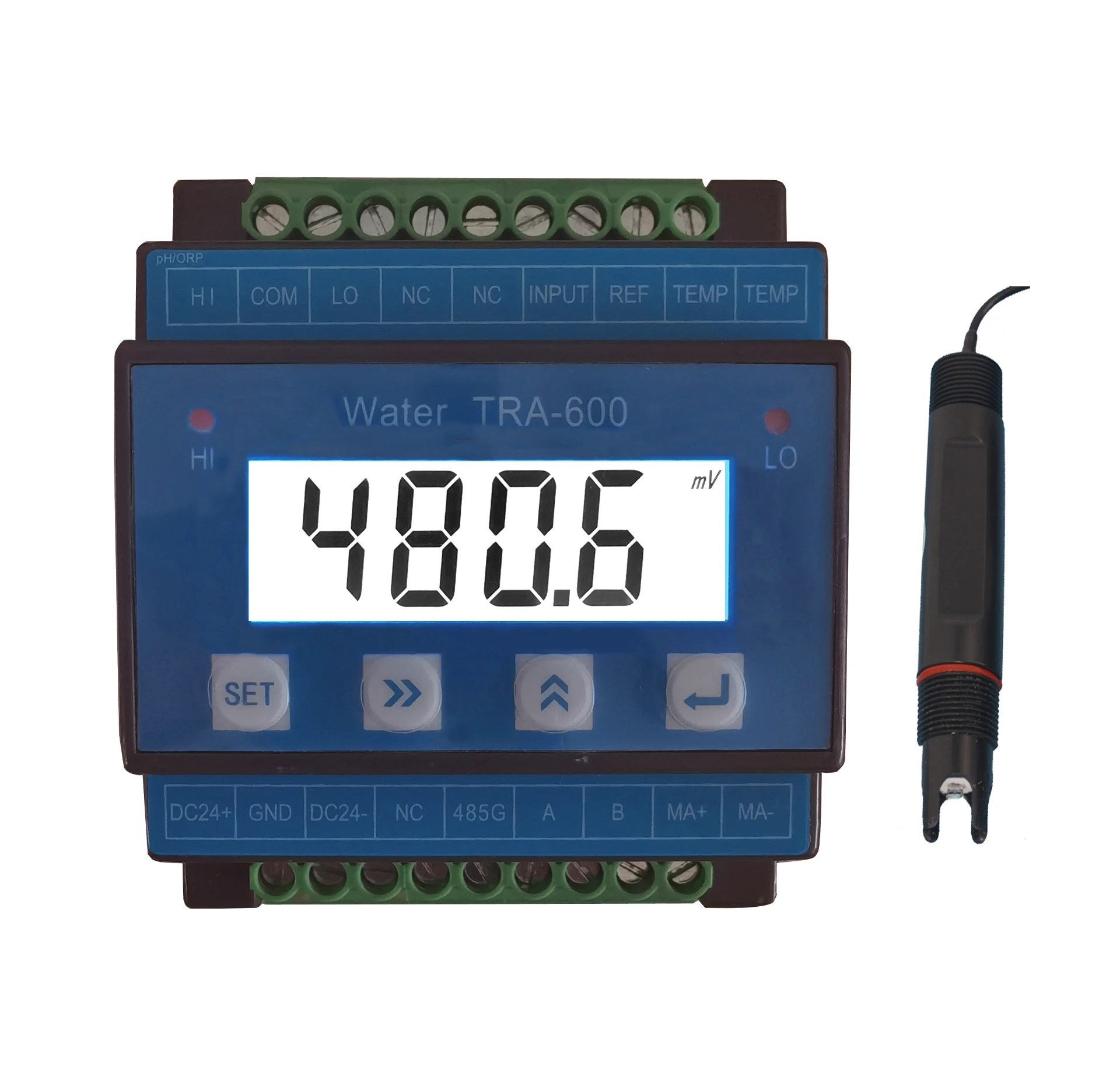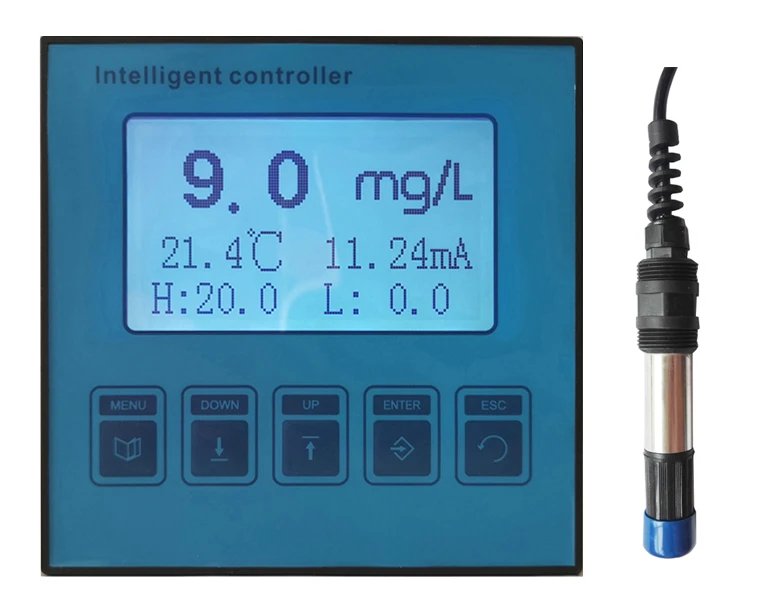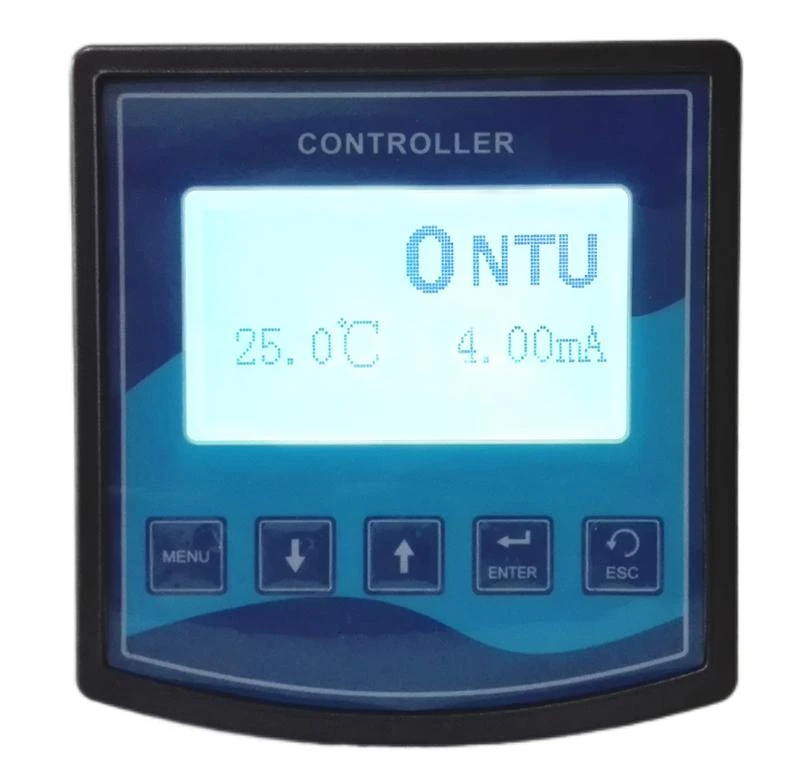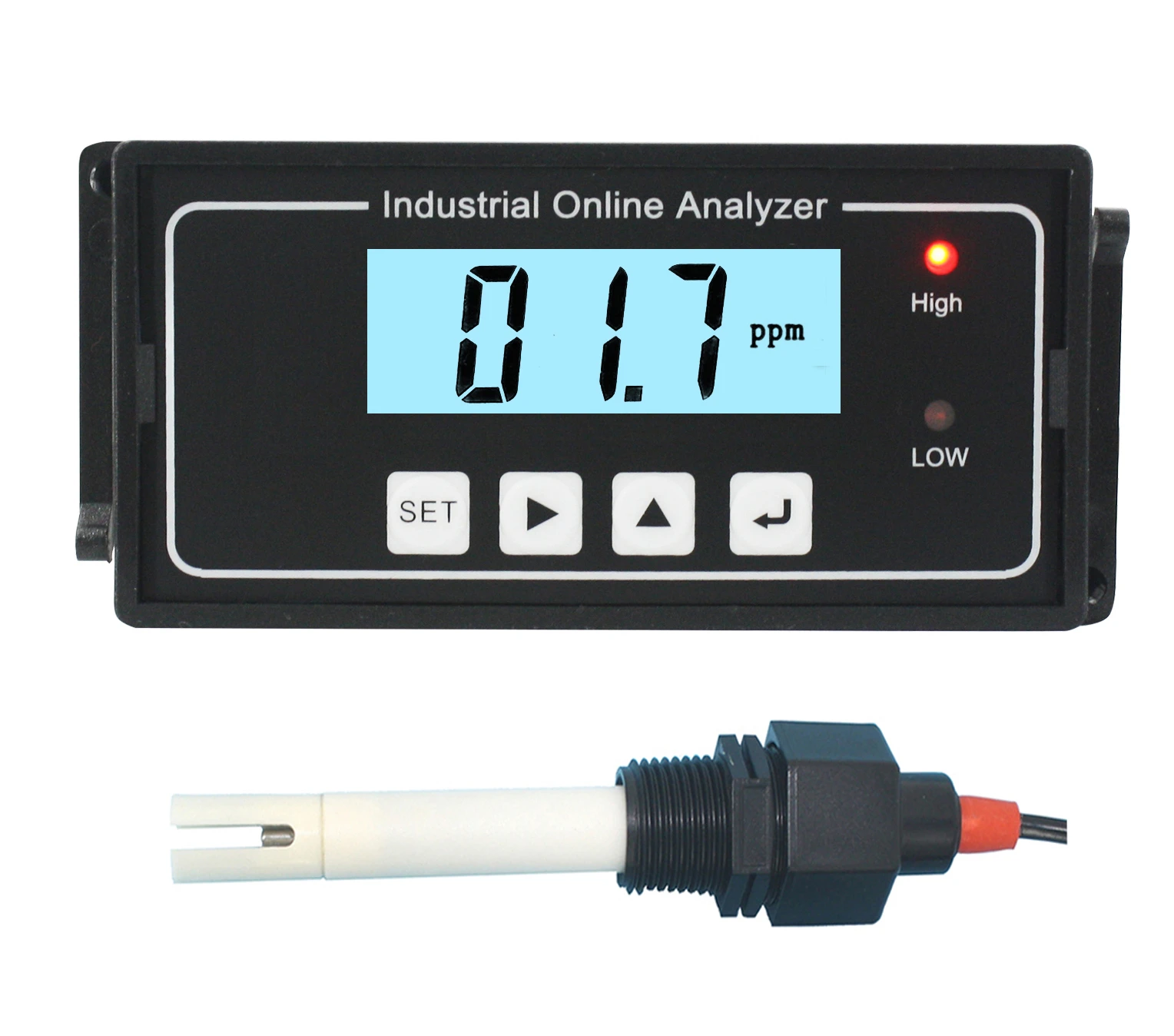Aqueous Solution Conductivity Meter – Accurate Salt Solution Measurement
Jul . 05, 2025
Picture this: You're running vital experiments or maintaining critical water systems. Suddenly, inconsistent conductivity readings slow you down. Lost time means lost resources. According to Statista 2023, industries lose over $800 million annually to water quality issues. Water's conductivity holds the key. Yet, few truly master it. Ready to breakthrough? Let's dive into the world of aqueous solution conductivity
—and discover why it matters for you.
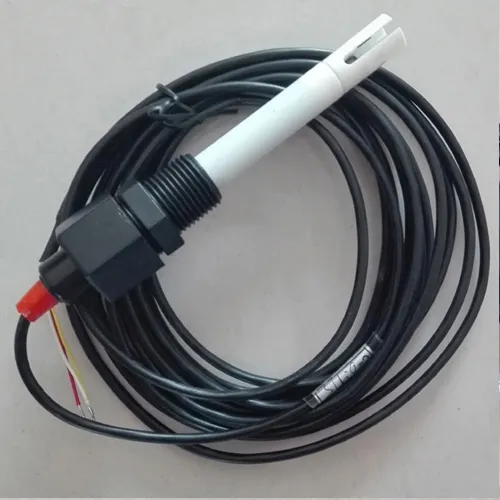
(aqueous solution conductivity)
What Drives Conductivity in Aqueous Solution?
Conductivity in aqueous solution measures water's ability to pass an electrical current. Why does it matter? Because every drop tells a story. Pure water is a poor conductor. Add salt? The game changes. Ions transform water into an electric highway.
Did you know pure H2O shows just 0.055 μS/cm conductivity? Add 1g of NaCl per liter, it skyrockets to ~2,000 μS/cm. Even tiny impurities can shift readings. That's why precision tools are a must, not a luxury.
Technical Advantages: Smarter Measurement, Stronger Results
- Advanced sensors: Achieve 99.9% accuracy, even with small ionic changes.
- Temperature compensation: Stable readings at 5–95°C. Never misread due to the weather.
- Wide range: Measure from 0.05 μS/cm up to 200,000 μS/cm.
- Instant digital readout: Save time, boost output, and ditch handwritten logs.
Need facts? Here’s a quick specs table:
| Model | Conductivity Range (μS/cm) | Temp Range (°C) | Accuracy |
|---|---|---|---|
| ProSense X30 | 0.05–100,000 | 0–90 | ±0.5% |
| AquaMaster S2 | 1–200,000 | -5–95 | ±0.2% |
| HydroCheck Lite | 10–50,000 | 5–80 | ±1.0% |
Vendor Showdown: Why Our Solution Stands Out
There are many players in the aqueous solution conductivity game. But how do you tell which one wins? We break it down for you:
| Feature | Generic Brand | Our System |
|---|---|---|
| Auto Calibration | Manual Only | One-touch, 24/7 |
| Data Logging | Not Supported | 5000+ Results |
| Customization | Limited | Full Scale |
| Warranty | 1 year | 3 years |
Choose a system engineered for you, by experts who care.
Tailored Solutions: Your Needs, Met Precisely
No two users are the same. Your conductivity in aqueous solution needs are unique. We deliver what fits you, not just a box on a shelf. Our team works hand-in-hand—customizing cell constants, integration options, and reporting to your specs.
Need inline sensors for your processing plant? Desktop analyzers for your lab? Or rugged probes for fieldwork? We've got it. Fast deployment, remote support, and a satisfaction guarantee. Why settle for less?
Real-World Results: Success Stories in Conductivity of Salt Solution
Ready for proof? Here are real applications of our aqueous solution conductivity systems that transformed quality and efficiency:
- Food & Beverage: A soda bottling plant reduced water testing time by 70%. Accuracy meant fewer recalls, more trust.
- Pharma: A major drug company achieved FDA validation using our smart sensors to monitor conductivity of salt solutions in clean rooms.
- Municipal Water: A treatment facility improved resource allocation after integrating automated conductivity tracking—cutting costs by 18% in one year.
Thousands say yes to smarter monitoring. Why not join them?
Take Charge of Your Water Quality—Act Now!
Aqueous solution conductivity is no longer a behind-the-scenes factor. It's front and center for quality, safety, and profit. Don't risk your next big outcome on outdated tech or guesswork.
Ready to elevate your conductivity game? Our solutions deliver unmatched reliability and innovation. Join leaders worldwide who trust us.
Contact us today for a live demo, fast quote, or your custom solution!
Experience precision, speed, and service—guaranteed.
© 2024 AquaSense Instruments | Mastering Conductivity in Aqueous Solutions

(aqueous solution conductivity)
FAQS on aqueous solution conductivity
Q: What is aqueous solution conductivity?
A: Aqueous solution conductivity refers to the ability of a water-based solution to conduct electricity. This property is mainly due to the presence of dissolved ions that act as charge carriers. Higher ion concentration generally means higher conductivity.Q: Which factors affect conductivity in aqueous solution?
A: The conductivity in an aqueous solution depends on the type and concentration of dissolved ions, temperature, and mobility of the ions. Strong electrolytes like salts increase conductivity more than weak or nonelectrolytes. Higher temperatures also typically enhance conductivity by increasing ion mobility.Q: How does the conductivity of salt solution compare to pure water?
A: The conductivity of salt solution is much higher than that of pure water because salts dissociate into ions when dissolved. Ions like Na+ and Cl- enable electrical current flow in saltwater. Pure water has very few ions, so its conductivity is very low.Q: Why is measuring aqueous solution conductivity important?
A: Measuring aqueous solution conductivity helps determine the purity or ion content of water-based solutions. It's widely used in water quality analysis, chemical manufacturing, and laboratory experiments. Accurate conductivity measurements can indicate contamination or the effectiveness of water treatment.Q: Can conductivity in aqueous solution be used to estimate salt concentration?
A: Yes, the conductivity in aqueous solution can provide an estimate of salt concentration because more salt means more ions and thus higher conductivity. However, the relationship may vary based on the type of salt and presence of other dissolved substances. Calibration with standard solutions is typically required for accurate concentration determination.Related Products
Related News
